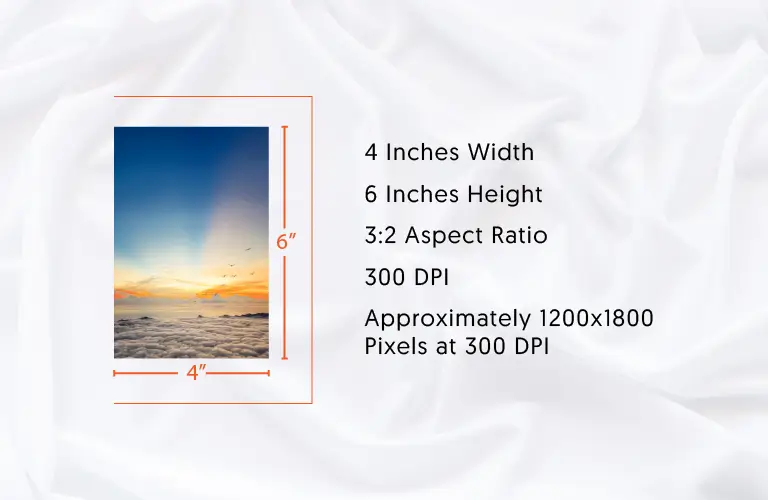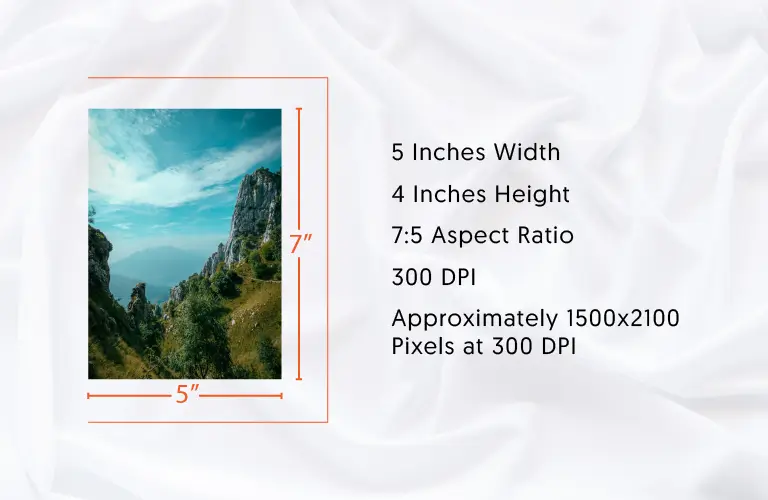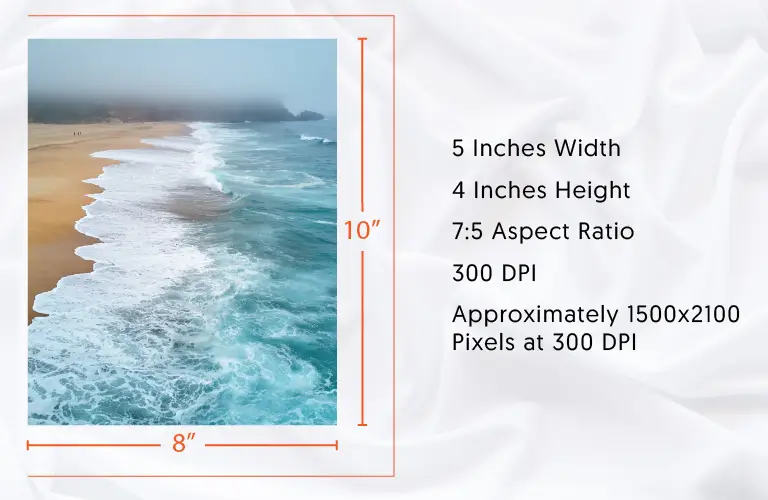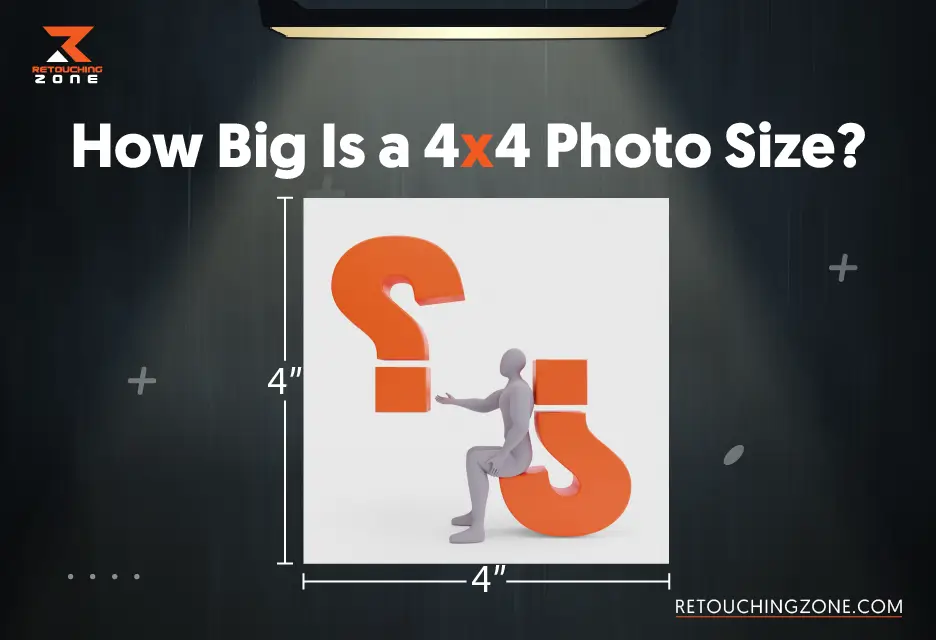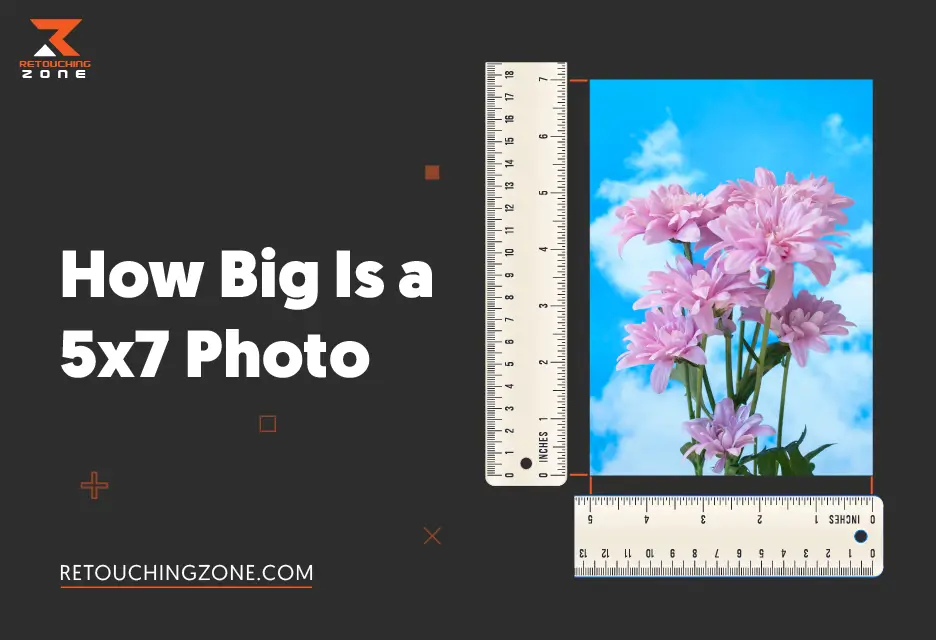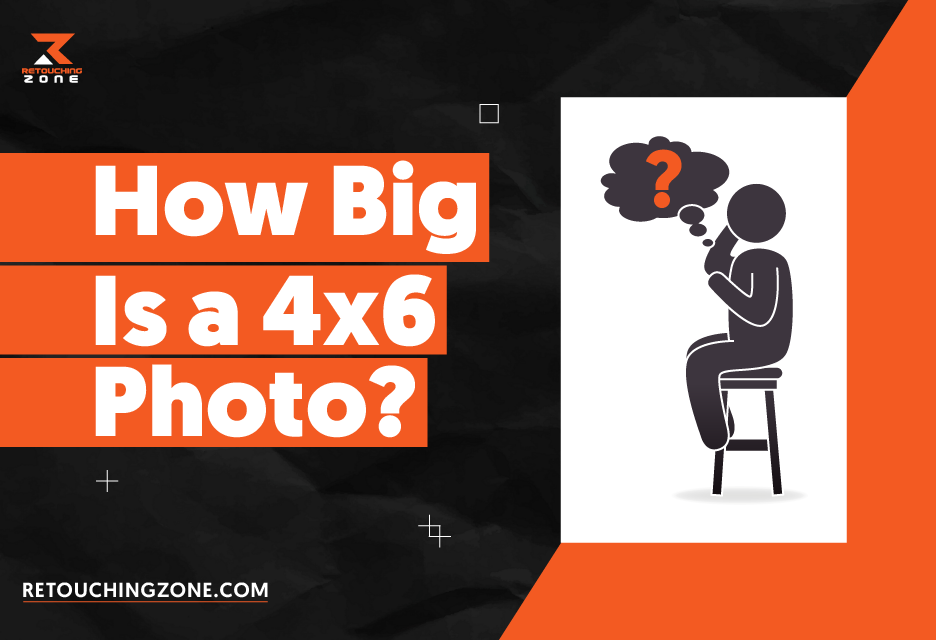When photographers and content creators decide to print their work, one of the most critical decisions they face is selecting the right print size. The three most popular standard photo sizes are 4×6 inches, 5×7 inches, and 8×10 inches. Each of these dimensions serves different purposes and offers distinct advantages depending on how you intend to use your photographs. Understanding the differences between these sizes will help you make informed decisions about your printing projects, client deliverables, and portfolio presentations.
The digital era has revolutionized how photographers approach print sizes, but traditional dimensions remain relevant for good reason. These standard sizes have been optimized over decades to work efficiently with printing equipment, framing materials, and photo albums. Whether you’re a professional photographer managing client orders or an enthusiast preserving memories, knowing the characteristics of each size is essential to ensure your final product meets your expectations and your audience’s needs.
What Is deferent : 4×6 vs 5×7 vs 8×10 Photo Size
| Factor | 4×6 | 5×7 | 8×10 |
| Dimensions | 4 inches × 6 inches | 5 inches × 7 inches | 8 inches × 10 inches |
| Aspect Ratio | 3:2 | 7:5 | 4:5 |
| Total Area | 24 square inches | 35 square inches | 80 square inches |
| Recommended Resolution | 300 DPI | 300 DPI | 300 DPI |
| Pixel Dimensions (300 DPI) | 1200 × 1800 pixels | 1500 × 2100 pixels | 2400 × 3000 pixels |
| Cost Per Print (Bulk) | $0.10 – $0.20 | $0.50 – $1.00 | $0.65 – $0.93 |
| Frame Availability | Excellent (abundant options) | Good (moderate options) | Excellent (diverse options) |
| Best For | Casual snapshots, albums, travel | Portraits, gifts, displays | Professional prints, wall displays |
| Viewing Distance | 7-11 inches | 12-14 inches | 15-18 inches |
| Storage Ease | Very easy (compact) | Moderate | Requires more space |
| Cropping Required from 3:2 Source | None or minimal | Some cropping | ~20% cropping |
4×6 Photo Size: The Everyday Standard
What Are 4×6 Dimensions?
A 4×6 photo measures exactly 4 inches in width and 6 inches in height (or vice versa, depending on portrait or landscape orientation). This size correlates perfectly with the 3:2 aspect ratio that has become the standard for most digital cameras and smartphone cameras. This natural alignment between your camera’s native aspect ratio and the 4×6 print dimensions means you can print directly from your camera without significant cropping or composition adjustments.
Read More: How Big is a 4×6 Photo Size
5×7 Photo Size: The Sweet Spot for Detail
What Are 5×7 Dimensions?
A 5×7 photo measures 5 inches wide by 7 inches tall (or 7 inches wide by 5 inches tall in landscape orientation). This size represents a middle ground between the compact 4×6 and the larger 8×10, offering nearly 11 extra square inches of display area compared to 4×6 prints.
Read More: How Big is a 5×7 Photo Size
8×10 Photo Size: Professional Standard and Wall Displays
What Are 8×10 Dimensions?
An 8×10 photo measures 8 inches in width and 10 inches in height, making it significantly larger than both 4×6 and 5×7 options. This size represents a substantial increase in print area, offering ample space for detailed image display and professional presentation.
Aspect Ratio and Technical Specifications
The 8×10 format features a 4:5 aspect ratio, which is distinctly different from the 3:2 ratio of 4×6 prints or the 7:5 ratio of 5×7 prints. This means if you’re printing your 3:2 aspect ratio camera images as 8×10 prints, you’ll lose approximately 20% of your original image surface area due to cropping.
This cropping consideration is crucial—as noted by print professionals, that 20% loss could easily represent an important part of your subject, such as a head or hand. Therefore, when cropping photos for 8×10 printing, photographers must carefully consider composition and focus on preserving the most important visual elements of the photograph.
For professional 8×10 prints, the recommended resolution is 300 DPI, which translates to approximately 2400 x 3000 pixels. While 240 DPI can produce acceptable results for some applications, 300 DPI is the industry standard for ensuring sharp details and professional quality in this larger format.
Cost Considerations
8×10 prints represent a significant investment compared to smaller sizes. Bulk pricing typically ranges from $0.65 to $0.93 per print when ordering quantities of 100 or more, depending on the printing service and quality level. This higher cost reflects the increased material and labor required to produce larger prints.
However, 8×10 frames are widely available and come in diverse styles, price points, and materials. The standardized size means furniture and home décor retailers stock 8×10 frames regularly, making it relatively easy to find framing options that match your aesthetic preferences.
Best Uses for 8×10 Photos
The 8×10 format is the professional standard for numerous applications. Portrait photographers, particularly those specializing in headshots for actors, models, and business professionals, use 8×10 prints extensively for portfolios and professional materials. The size is large enough to showcase facial features and expressions clearly while remaining portable for presentations and submissions.
8×10 prints are ideal for framed wall displays, formal portraits, and gallery-quality presentations. This size works exceptionally well for family portraits, wedding photos, event photography, and professional headshots. Many photographers include 8×10 prints in their wedding and event packages as a standard deliverable for clients.
From a decorative perspective, 8×10 prints serve as statement pieces in interior design, whether displayed alone on a focal wall or combined with other prints in gallery walls and photo collages. The size is large enough to make visual impact from across a room while remaining appropriately proportioned for most residential walls.
Viewing Distance Recommendation
The optimal viewing distance for 8×10 prints is approximately 15-18 inches, which makes them suitable for wall displays where viewers will naturally stand or sit at a comfortable distance to appreciate the full image.
Making the Right Choice: Decision Factors
Purpose of the Photograph
Your intended use is the primary factor in selecting the appropriate print size. If you’re printing casual, everyday snapshots primarily for personal enjoyment and storage in photo albums, 4×6 is the economical and practical choice. If your photos are destined for display or you want to showcase details and subtle compositional elements, moving to 5×7 or 8×10 provides substantially better visual impact.
For professional purposes, including client deliverables, portfolios, and exhibition displays, 8×10 is typically the preferred size. It’s large enough to showcase quality and detail while remaining standard across the photography industry, making it immediately recognizable to potential clients and galleries.
Budget Constraints
Cost plays a significant role for photographers managing their bottom line. If you’re printing hundreds of photos, the cumulative cost difference between 4×6 ($0.10-$0.20 per print) and 8×10 ($0.65-$0.93 per print) can represent substantial budget implications. For event photographers providing clients with print packages, understanding cost differentials helps establish appropriate pricing structures.
Consider bulk ordering discounts, which are typically more aggressive for larger quantities. Ordering 1,000 8×10 prints might be nearly as cost-effective per unit as ordering a smaller quantity, whereas 4×6 prints maintain reasonable pricing even in smaller quantities.
Available Display Space
The physical space where you’ll display or use your photos significantly influences your choice. Small living spaces, desk areas, or shelving with limited room accommodate 4×6 prints more easily than 8×10 prints. Conversely, if you have a prominent wall space or are creating a gallery wall display, 8×10 prints make a stronger visual statement and fill space more effectively.
Camera’s Native Aspect Ratio
Understanding your camera’s native aspect ratio helps minimize cropping and maximize the integrity of your original composition. If your camera shoots in 3:2 aspect ratio (most DSLRs and mirrorless cameras), 4×6 prints preserve your entire image with zero cropping. Both 5×7 and 8×10 will require cropping, which may or may not be desirable depending on your composition.
Resolution and Technical Capabilities
Ensure your original image files have sufficient resolution for your intended print size. While 4×6 prints are forgiving with lower resolution files, 8×10 prints demand higher-quality source images (minimum 2400 x 3000 pixels at 300 DPI) to produce sharp, professional results. If your image library consists primarily of smartphone photos or lower-megapixel camera images, 4×6 or 5×7 might be more appropriate than attempting 8×10 prints with insufficient resolution.
Resolution and DPI: Understanding Quality Requirements
Why Resolution Matters
Resolution—measured in pixels per inch (PPI) or dots per inch (DPI)—directly impacts the sharpness and visual quality of your printed photo. A higher resolution means more detail and smoother appearance, while lower resolutions can result in visible pixelation and blur.
The relationship between resolution and print size is inversely proportional: as your print size increases, you need proportionally more pixels in your source image to maintain quality. This is why a 4×6 print can look acceptable from a lower-resolution file, while the same file might appear pixelated when enlarged to 8×10.
Professional Standards Across Print Sizes
For small-format prints (4×6 and 5×7), professionals recommend a minimum of 300 DPI for small prints, 240 DPI for general wall prints, and 180-200 DPI for very large displays viewed from greater distances.
The pixel requirements translate as follows:
- 4×6 at 300 DPI: 1200 × 1800 pixels
- 5×7 at 300 DPI: 1500 × 2100 pixels
- 8×10 at 300 DPI: 2400 × 3000 pixels
For 8×10 prints specifically, while 240 DPI is typically sufficient for quality results, 300 DPI is the professional standard for the sharpest detail and most impressive final product.
Resolution by Camera Type
Different camera types have varying pixel capabilities. Modern smartphone cameras (12-48 megapixels) can produce excellent 4×6 and 5×7 prints, and many can handle 8×10 prints reasonably well. Entry-level DSLRs (12-24 megapixels) are perfectly adequate for all three sizes when quality-of-life standards are met.
Interestingly, historical perspective shows that even basic cameras from the early 2000s (3 megapixels) can produce sharp 5×7 prints and smaller. For 8×10 prints, you only need approximately 7.2 well-defined pixels according to viewing standards based on what the human eye can perceive at normal distances.
Professional Photographer Insights
Aspect Ratio Considerations
Professional photographers emphasize the importance of matching your image’s aspect ratio to your chosen print size. When your composition naturally fits your print dimensions, the resulting image feels intentional and complete. When significant cropping is required, photographers must carefully decide which compositional elements to preserve and which to sacrifice.
Cropping and Composition Strategy
For photographs that don’t naturally fit your desired print dimensions, professionals recommend cropping with the rule of thirds in mind. Rather than arbitrarily cropping from edges, thoughtfully compose your crop around the photograph’s main subject and emotional focal point.
When 8×10 printing from 3:2 aspect ratio images, the potential 20% loss of surface area requires careful consideration. Photographers should ensure that critical elements of the photograph won’t be cut off during the cropping process.
Portfolio and Client Presentation
Professional photographers often choose different print sizes for different contexts. Portfolios and client presentations frequently feature 5×7 or 8×10 prints as they provide sufficient detail to showcase technical skill, while 4×6 prints are reserved for casual proofs, contact sheets, or digital delivery formats.
Practical Applications: When to Choose Each Size
Choose 4×6 If:
You’re printing casual snapshots for personal use or storage in photo albums. You want maximum cost efficiency when printing large quantities. Your photographs have casual, everyday content rather than professional significance. You need compact prints for easy storage and handling. Your original images were captured in a 3:2 aspect ratio and you want to avoid cropping.
Choose 5×7 If:
You’re printing portraits that deserve more detail than 4×6 provides. You want to gift photos or use them for special occasions. You’re creating greeting cards or invitation cards. You need a balance between professional appearance and reasonable cost. You want photos that stand out more than 4×6 without the investment of 8×10.
Choose 8×10 If:
You’re creating professional client deliverables or portfolio pieces. You want to display photos as framed wall art or in gallery settings. You’re creating headshots for professional, entertainment, or business purposes. You’re photographing large groups or complex scenes with fine details. You want your photographs to make a strong visual statement and impact.
Conclusion: Selecting Your Perfect Print Size
The choice between 4×6, 5×7, and 8×10 photo prints ultimately depends on your specific needs, budget, intended use, and the story your photographs tell. Each size serves distinct purposes in the photographer’s toolkit.
The 4×6 format remains the practical choice for everyday printing—affordable, accessible, and perfectly aligned with most camera specifications. The 5×7 size offers a compelling middle ground for photographers seeking to elevate their presentation beyond casual snapshots without the commitment of 8×10 pricing. The 8×10 format establishes the professional standard for serious photographers, clients expecting quality deliverables, and anyone wanting their photography to command attention on a wall.
By understanding the technical specifications, cost implications, and ideal applications of each size, photographers can make confident decisions that honor their work while serving their audience’s expectations. The best print size is ultimately the one that aligns with your vision, respects your budget, and appropriately showcases the artistry and emotion captured within your photographs.


